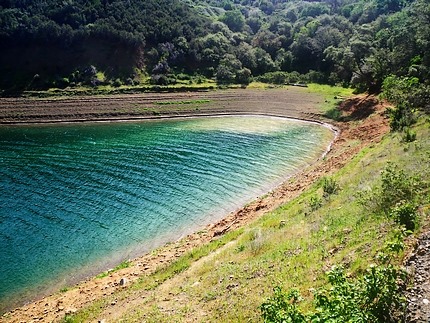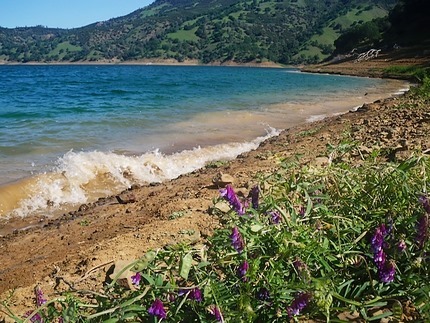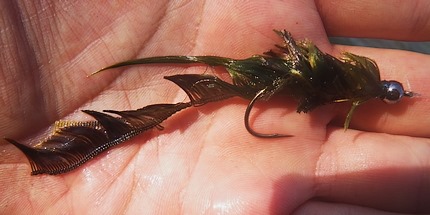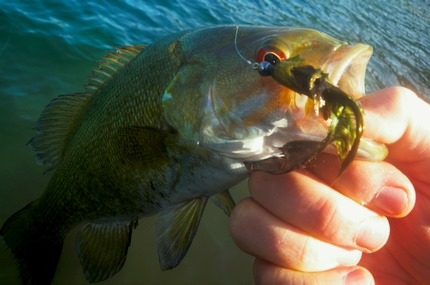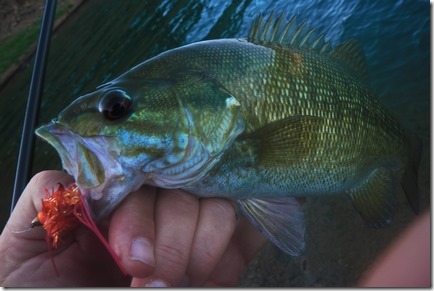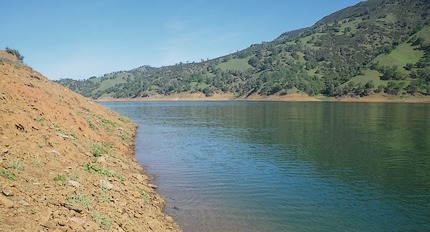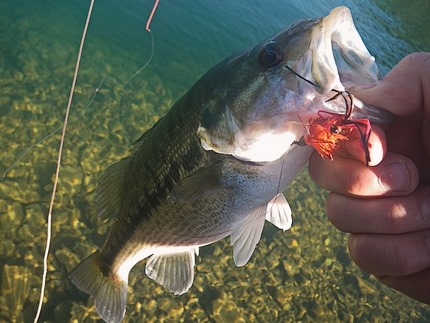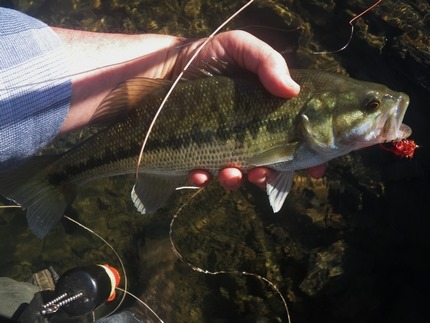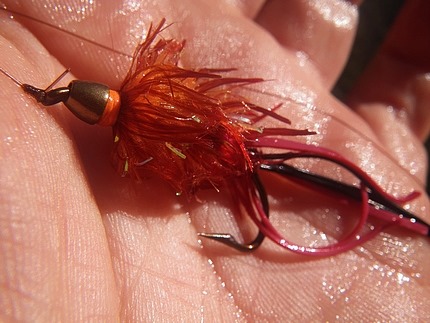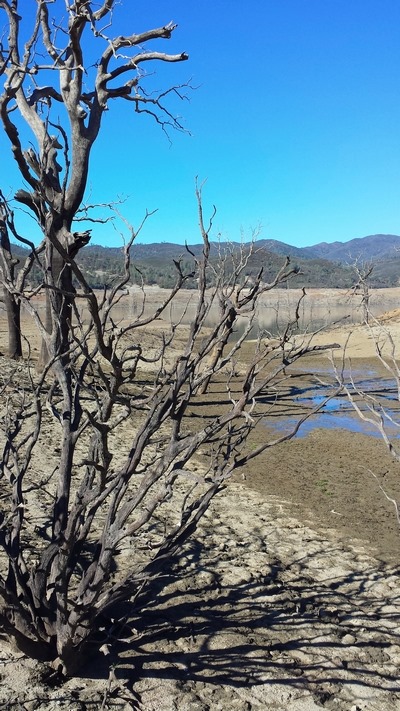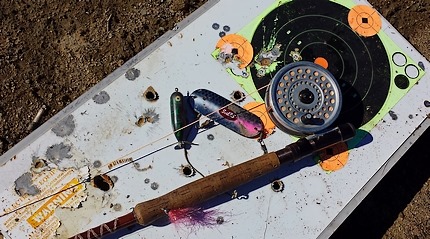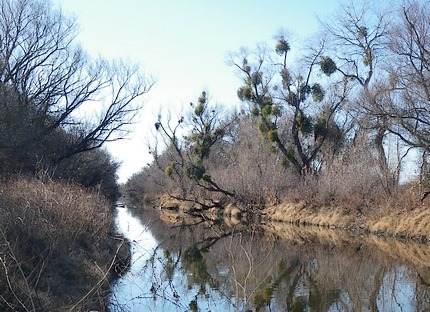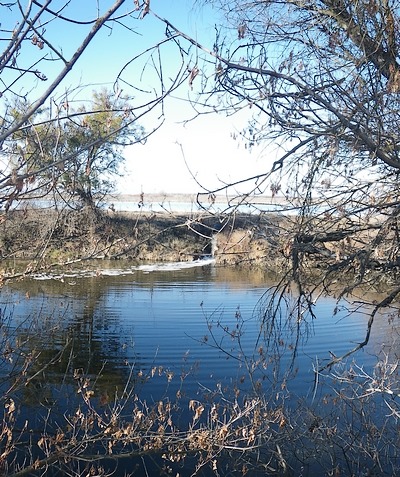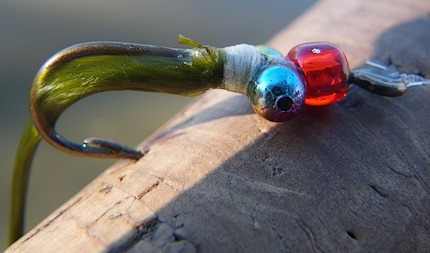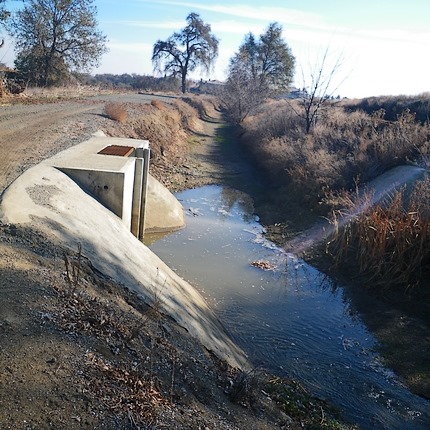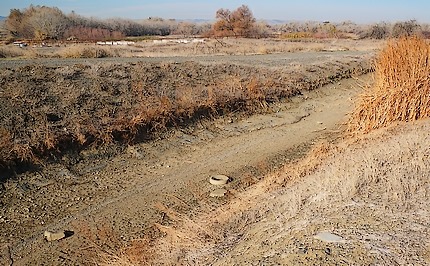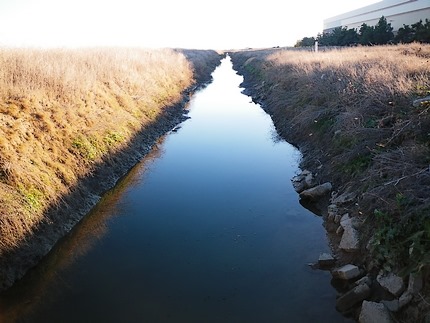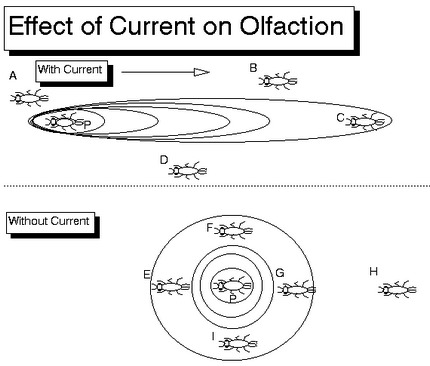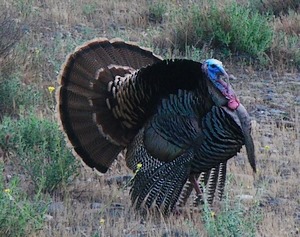 Once fully immersed I remembered how I’d sworn to replace my neoprene waders last season.
Once fully immersed I remembered how I’d sworn to replace my neoprene waders last season.
The tiny holes I’d been unable to track down being the causal agent. That irritating hole right in the billfold area that ensured your wallet and its contents were soaked, the right foot seam that had decayed to instability and was now dampening my sock, and the mid calf fabric leak that ensured everything between wallet and sock was similarly cooled.
Those being “character” leaks, bearable yet adding just enough suffering as to be retold at the campfire each evening, and ensures the patched and weathered exterior of now-porous waders continues to grant “parking lot cred”, that which separates the seasoned angler from the novice …
… yet, it was the Unforgivable Leak that had sprung last season that had sealed this pair’s fate … that mid groin hole that soaks the crotch and extends down the left leg, ensuring you are unfit for public exhibition.
Having skipped the Trout Opener in favor of working, and this being the first wader-clad scout of the year, I was prepared to work the kinks out of my gear, my cast, and my physique, but had forgotten the all-important Vow of Newness from the prior season.
Muscle memory neatly draped the running line over the fingers of the left hand, the shooting head sang out of the guides with only two roll casts and a single back cast, and what little rust that accumulated from seven months of enforced Shad idleness was quickly dispelled. I was feeling the kind of optimism that only a new fish and a new season can bring – unseemingly effervescent yet rooted to Earth by the spreading chill in my pants leg.
My optimism rewarded by the sudden tightening of the line on the swing, and the rod dipped abruptly and reel started its siren’s wail I figured this might be one of those rare nexuses of good fortune I’d alluded to with my earlier karma of bruised ribs and torn waders.
The unyielding mass suggested otherwise, however. Rather than dozens of voracious Shad skewered on a single hook – it was the beginning of my “American River Around the World”, wherein the aspiring angler attempts to catch one of each of the sodden clothing categories; Shirt, Pants, Hat, Swim trunks, or Other (unidentifiable).
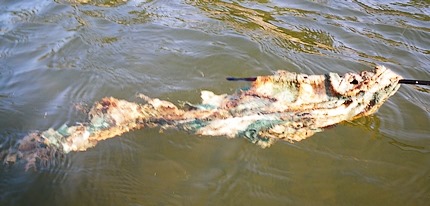
This trophy was a 39 inch length of Other, possibly of the picnic tablecloth genus. It fought well, yet was not overly acrobatic. I added hat and tee shirt shortly thereafter, but of Shad there were none.
… but Iron Crosses grew everywhere … and as the next swing tightened it snagged something heavy by the arse, and as the reel started giving line it’s telltale screech drew a gaggle of morning dog walkers to the bank to witness my struggle with one of the American River’s Golden Salmon.
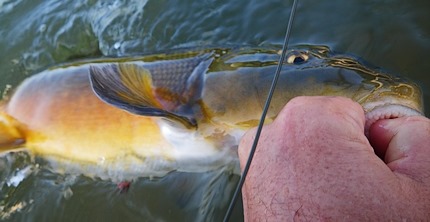
“Golden Salmon” being the brown water label for Sacramento Sucker, and this fellow was about seven or eight pounds and most welcome. It was considerably more festive than the earlier struggle with the Tablecloth, and granted enormous “street cred” with the crowd behind.
They couldn’t see the shad fly buried in the fish’s arse that lent it “wings” (the reddish object in the belly shown above).
Naturally, I did my best to explain to the crowd of well wishers that it was both toothy and venomous, and how I’d saved the neighborhood – or at least its pets and small children …
But the best was yet to come …
Now that I’m a cause celebre’ I’m accompanied back to the parking lot by a vigorous crowd, and was stunned that my sedate little parking area had mushroomed into the headquarters for a “family 5K run.”
… which means I have to disrobe in front of a cast of thousands, and my newfound compatriots are suddenly arm’s distant as it appears I’ve peed myself …
I was acrobatic in my flight from the area … much to the giggles of the kiddies.

